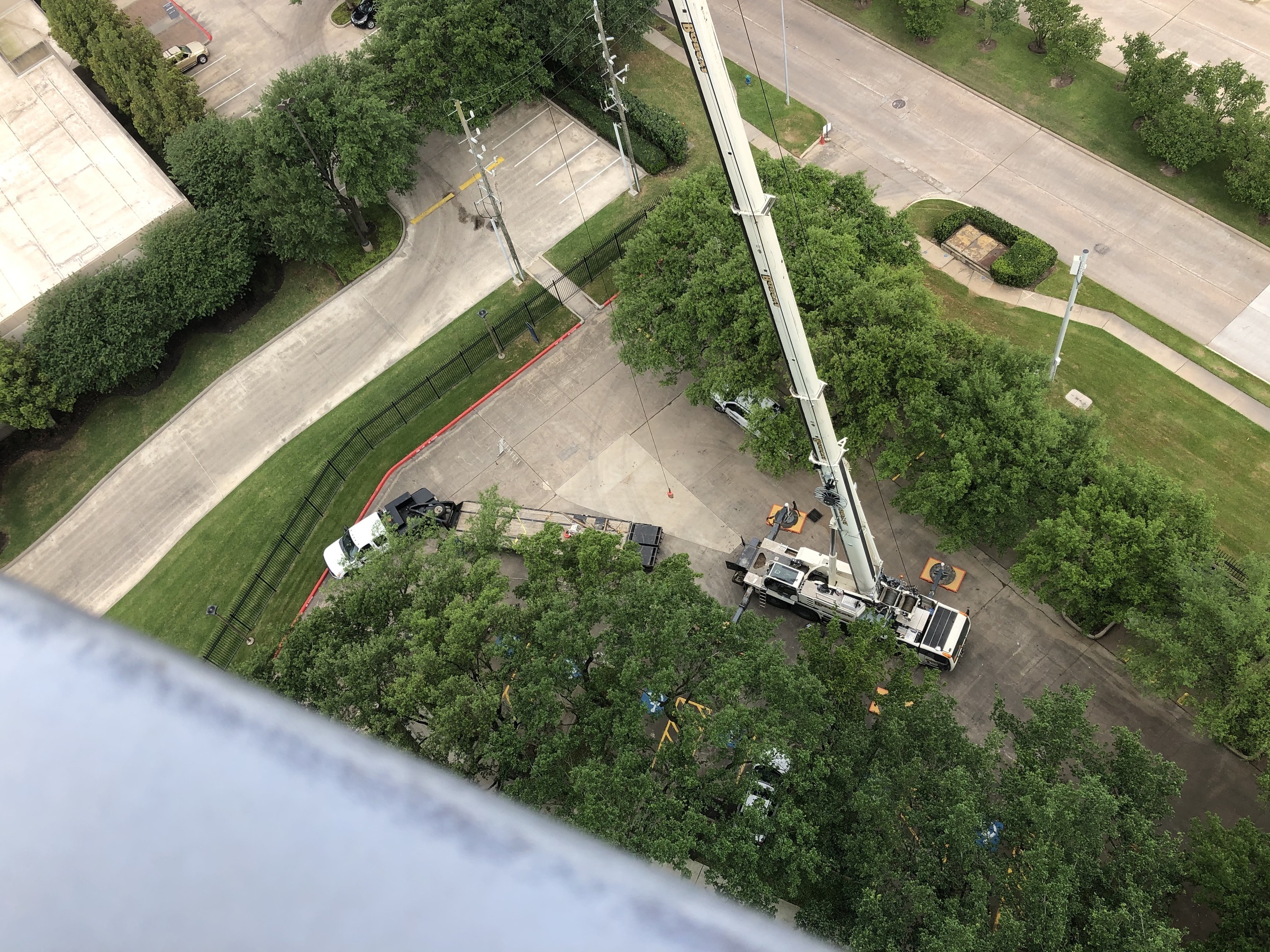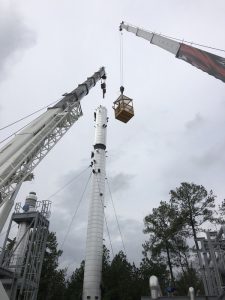Efficiency is the backbone of success in construction and agriculture, and one piece of equipment stands out as a game-changer: the telehandler. Often referred to as a telescopic handler, this versatile machine has transformed the way we handle and position heavy loads across numerous industries. In this guide, Bobcat Contracting LLC, a leading crane rental service provider in Texas, takes you through everything you need to know about telehandlers—what they do, their capabilities, and why they're indispensable on job sites. A telehandler, or telescopic handler, is a multipurpose piece of heavy machinery that combines the lifting power of a forklift with the extended reach of a crane. Its standout feature is the telescopic boom, which can stretch and retract, giving it superior vertical and horizontal reach. Known by many names within the industry, including telescopic forklift, lull, teleporter, reach forklift, and zoom boom, telehandlers have become a cornerstone in construction, agriculture, waste management, and recycling operations. The heart of the machine is its telescopic boom, an extendable arm that grants the telehandler its reach and lifting abilities. Operators control the machine from a cab that’s usually designed with excellent visibility in mind. The chassis serves as the foundation of the telehandler and is often built for stability on rugged terrain. At the end of the boom, there’s an attachment point that allows various tools to be fitted. Larger models may also come equipped with stabilizers to provide added support during heavy lifts. Telehandlers excel in a variety of roles and environments. Here are some of their primary uses: Lifting and Moving Loads Telehandlers are masters at shifting heavy materials across construction sites and farms. They can handle: Accessing Hard-to-Reach Areas Equipped with extendable booms, telehandlers can reach places that traditional forklifts can’t. This makes them perfect for: Handling Rough Terrain Telehandlers are built to function effectively on uneven ground. This makes them invaluable on: Adaptability Through Attachments One of the telehandler’s strongest traits is its ability to use various attachments. Common options include: This adaptability enables a single machine to perform the functions of multiple pieces of equipment, saving time and resources on job sites. Telehandlers come in a variety of sizes to match different job demands: When choosing a telehandler, it’s crucial to consider both the weight of the loads you’ll be handling and the height you need to achieve. It's important to note that the maximum lift capacity typically decreases as the boom extends. Operating a telehandler demands skill and proper training. These machines are complex and can be dangerous if mishandled, so safety must always come first. Operators should conduct daily equipment checks and stay mindful of the telehandler’s load capacity, avoiding overloading. Understanding how the load capacity changes as the boom extends is critical for safe operation. Ground conditions and stability are equally important, as is maintaining clear visibility at all times. If visibility becomes an issue, employing spotters can significantly enhance safety. Ultimately, proper training and certification are not just recommended—they're mandatory. At first glance, telehandlers and forklifts may appear similar, but they serve different purposes. Telehandlers boast greater reach and lifting height and can operate on rough terrain, making them ideal for outdoor use and large-scale construction projects. Their versatility through multiple attachments is unmatched. Forklifts, on the other hand, are more compact and agile in confined spaces, making them ideal for warehouse and indoor applications. They generally have a higher lifting capacity at full extension and are more fuel-efficient for consistent use in fixed locations. Choosing the right telehandler involves considering several factors. You'll need to assess the maximum load weight you need to lift, the maximum height you need to reach, and the type of terrain you’ll be working on. Additionally, think about the specific tasks and attachments needed, whether the work will be indoors or outdoors, and the frequency and duration of use. By evaluating these elements, you can ensure you select a telehandler that meets your project’s needs efficiently and safely. As technology evolves, so do telehandlers. The industry is witnessing advancements such as electric and hybrid models for reduced emissions, enhanced safety features like object detection systems, and better telematics for fleet management and maintenance scheduling. Trends toward increased automation and remote operation are also emerging. These innovations promise to make telehandlers even more efficient, safe, and adaptable in the years to come. Are you based in Texas and searching for telehandler and crane rental services? Bobcat Contracting LLC is here to assist. Our modern fleet of cranes and experienced operators can handle projects of any scale. Contact us today for a free quote and let us help elevate your project to new heights. With Bobcat Contracting LLC, you're teaming up with experts who understand your needs and are dedicated to your project’s success.
Carbon Steel Strip,Galvanized Steel Strip,Cold Rolled Strip Tianjin YF Steel Co., Ltd , https://www.youfametal.comWhat Exactly Is a Telehandler?
The Components of a Telehandler
The Versatility and Applications of Telehandlers
Sizing Up Telehandlers: Models and Capacities
Safety and Training Essentials
Telehandlers vs. Forklifts: What Sets Them Apart
How to Select the Right Telehandler for Your Job
The Future of Telehandlers
Get a Free Crane Rental Quote from Bobcat Contracting LLC in Texas!
High tensile steel strapping is manufactured from cold rolled steel and heat treated to maximize break strength and ductility.High tensile steel provides additional break strength and shock resistance for your toughest applications. Great option for packaging that requires metal strapping.
Carbon flat roll products undergo a hot or cold rolling process to achieve a flat, rectangular cross section, and are wound into coils with select thicknesses.Once hot or cold rolled, the metal may receive additional treatments to improve surface character etc,.
The carbon steel strip is simply an extension of the ultra-thin carbon steel plate. It is mainly a narrow and long steel plate produced to meet the needs of industrialized production of various metal or mechanical products in different industrial sectors.
The raw materials include hot rolled plate, hot rolled steel strip , weathering resistant steel and annealed strip.The type include customized Circle Tube,Rectangular Tube, Shaped Tube and customized profiles; The thickness of material is between t1.0 and t3.0.

